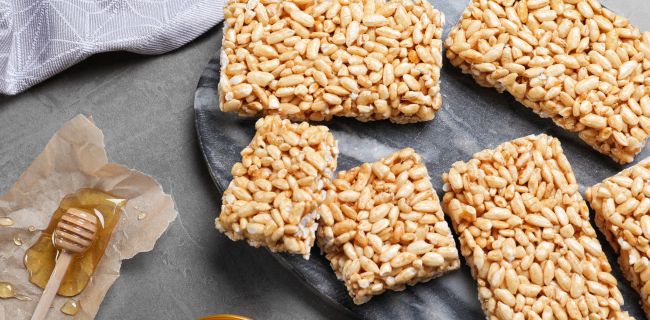Green Tea vs. Matcha
There is always a debate on green tea vs. matcha. But, this blog will remove all confusion. Although green tea and matcha come from the same plant, Camellia sinensis, they are very different in quality due to their processing methods. Green tea is selected, steamed, and dried before oxidation, whereas oolong and black tea are partially and fully oxidized.
Green tea and matcha have nutritional profiles that provide numerous health advantages. However, while they both are green teas, they differ in flavor, color, texture, and preparation methods. Let’s read the article on difference between green tea and matcha.

Difference Between Green Tea and Matcha
The differences between green tea and matcha are as below.
Processing
We have to farm matcha tea differently than green tea. You need sun for green tea, but shade suits best for matcha tea. As a result, matcha tea takes on a bright green color, while green tea develops a dull, brownish hue. The shade raises the level of chlorophyll in the leaves, giving matcha a vibrant color.
Green tea is harvested, cut by a machine, and delivered immediately to a processing method for steaming to prevent fermentation. After that, using a blower, the leaves are dried in a rotating machine. The best tea leaves are hand-selected from the plant to produce matcha tea. Matcha powder is prepared by stone-grinding the leaves after removing the veins and stems.
Preparation
Both types of tea can be made hot or cold. However, unlike green tea brewed in hot water, matcha is dissolved in the water by whisking it or shaking it with the matcha shaker. For green tea, you need a gentle water temperature of 180°-185°F with a soak time of around 3 minutes.
Tea may become bitter if the water is excessively hot because it may cause the tannins in the leaves to release. You can re-steep green teas of higher quality two or three times before the flavor degrades. You should use approximately 1 teaspoon per 8-ounce cup to reap the most benefits.
Nutrition
Matcha tea keeps all of its benefits since it is created by grinding the entire leaf into a powder and mixing it with water. For green tea, the tea bags or loose tea are soaked in hot water before being discarded, losing some of the benefits in the process. Below is a distinction between the nutritional content of green tea and matcha.
- Antioxidants
Catechins are potent antioxidants that may boost your metabolism, increase your stamina, and lower free radicals and pollutants, making you less prone to sickness.
Green tea – 63 milligrams
Matcha – 134 milligrams
- Tannins
Tannins, also referred to as polyphenols, are plant-based micronutrients. You can find them in tea and wine.
Green tea – 7 milligrams
Matcha – 99 milligrams
- Amino acids
L-theanine, an amino acid, gives you the same energy boost as caffeine without the crash. In addition, this amino acid helps to improve memory, learning, and creativity.
Green tea – 3 milligrams
Matcha – 45 milligrams
- Caffeine
Compared to green tea, matcha contains a significantly higher amount of caffeine per cup. An 8-ounce cup of green tea typically contains between 15 and 48 milligrams of caffeine for every serving. The length of time the tea brews determines the measurement. The amount of caffeine will increase as the steeping time increases. Every time tea is re-steeped, the caffeine concentration will decrease.
Green tea – roughly 35 milligrams
Matcha – around 280 milligrams
Taste
Green tea has a light and fresh flavor with earthy or grassy undertones and can sometimes taste bitter. However, it becomes significantly smoother when the taste is removed gradually over several hours, and the green tea is cold-brewed. Softly powdered matcha tea has a deeper, sweeter flavor and a frothy consistency.
Safety and Possible Side Effects
Although most people find both matcha and green tea to be generally harmless, their caffeine levels raise the possibility of some negative effects. However, as was already said, green tea contains substantially less caffeine than matcha, so those wishing to consume less caffeine may find it more suitable.

Conclusion
Matcha and green tea have anti-inflammatory nutrients and antioxidants, making them low-carb, low-calorie beverages with various possible health advantages.
Although matcha gives a natural buzz without the jitters, it may not be suitable for people attempting to reduce their caffeine intake because it usually contains a higher amount of caffeine than green tea. Nevertheless, if you prefer a moderate, calming beverage or don’t like matcha’s unique, savory flavor, green tea is an excellent alternative to matcha. Don’t let it soak too long, as it will get bitter.
We hope you got the difference between green tea vs. matcha. Follow us to read more blogs.






